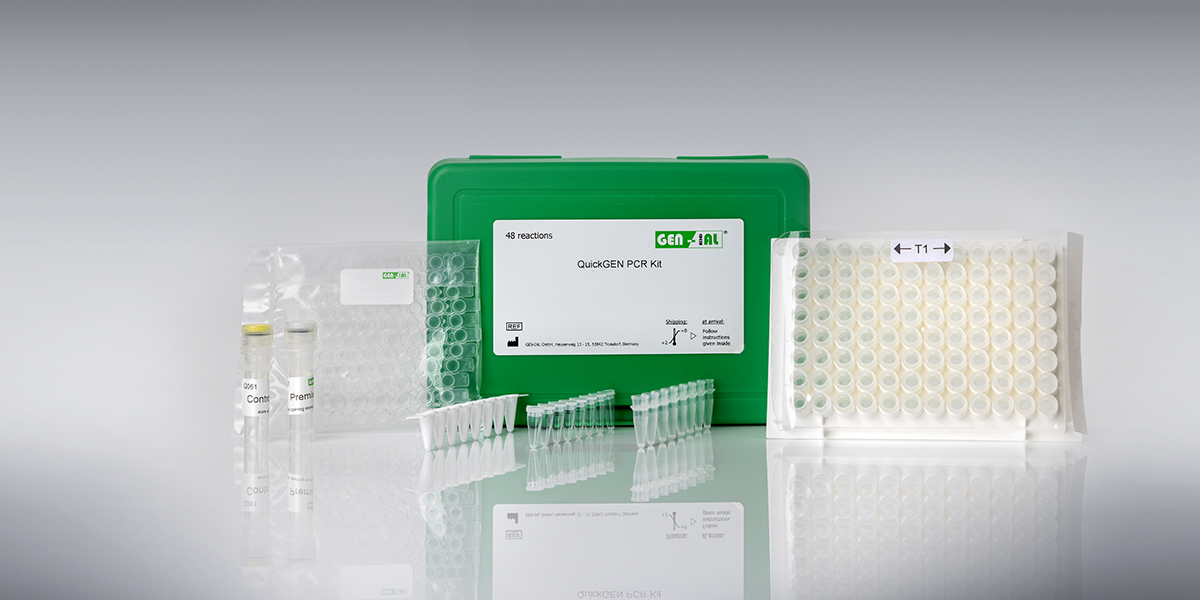
Recent news in Food & Feed Analysis
- Home
- /
- Beer spoilage organisms: these...
Beer spoilage organisms: these are the microorganisms you should monitor in your brewery

Whether Pilsner, lager, Hefeweizen, Altbier or the countless craft beer variations: The selection of beer styles is huge and the range continues to grow. However, the microorganisms that get into the beer during the brewing process and can lead to spoilage are just as diverse as the beer styles.
They impair the taste and odor of the beer, cause turbidity or form biofilms that are difficult to remove: Beer spoilage bacteria and yeasts are a major problem for breweries. In principle, beer is not very susceptible to microbial spoilage. Due to the few nutrients, alcohol, hop bitters, high CO2 content and low pH, it does not provide good living conditions for most bacteria. But there are species of bacteria that can adapt to these conditions. Non-alcoholic and weakly hopped beers, as well as mixed beer beverages, are somewhat more susceptible to microbial spoilage. And craft beers are particularly at risk, as they are not usually pasteurized or sterile filtered.
These bacteria and yeasts can be found in beers:
| Microorganism | Characteristics |
|---|---|
| Lactobacillus brevis | Belongs to the lactic acid bacteria; makes the beer cloudy and sour |
| Pediococcus damnosus | Causes cloudiness and sedimentation and gives the beer a buttery taste; used deliberately in some beers |
| Megasphaera spp. | Causes cesspool smell and rotten egg taste |
| Pectinatus spp. | Causes cesspool smell and rotten egg taste |
| Saccharomyces diastaticus | Foreign yeast, which is also used deliberately in some beers; leads to a floral or bitter taste |
| Pichia anomala | Yeast, which can cause turbidity and taste defects |
| Dekkera anomala | While the yeast Dekkera bruxellensis is indispensable for the aroma in many beers, Dekkera anomala is considered a harmful yeast. |
| Enterobacteriaceae | Leads to off-flavors; also relevant as indicator germ |
| Acetic acid bacteria | Make the beer sour; also relevant as indicator bacteria |
How do the beer spoilage organisms get into the beer?
Our Infographic shows 5 sources of risk for microbiological spoilage in beer production.
This is how you can detect beer spoilage organisms:
Early detection of a contamination and the source of contamination is important in order to quickly initiate countermeasures and limit the damage. The classic microbiological tests are too slow for this purpose: By the time the result is available, the microorganisms may already have spread far and wide in the brewery. PCR tests are a faster alternative.
With our flexible and open system and our wide range of kits, breweries are well equipped. In addition to specific tests for numerous beer-spoiling microorganisms, convenient multiplex kits are also available.
So many different types of beer, so many different beer spoilage organisms
In our brochure you will find an overview of all PCR kits for beer analysis as well as further information.

